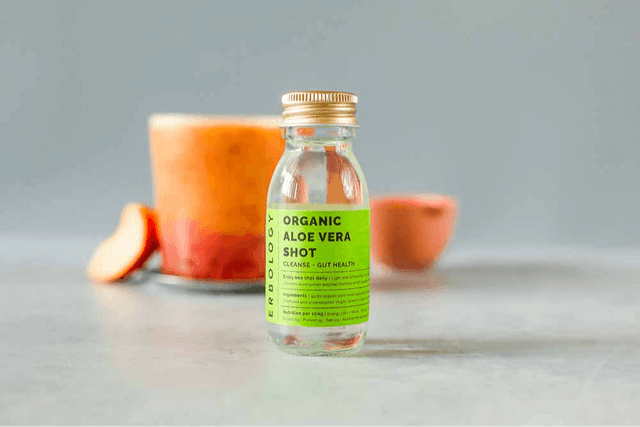23 Mar 2020
What is immunity?
Our natural world is jaw-droppingly complex and beautiful. From the flora of our rainforests and woodlands, to the fauna of our countrysides and deserts, just thinking of all that complexity fills us with wonder.
However, much of the natural world we love wouldn't exist, were it not for a multitude of tiny microorganisms. From bacteria and fungi to protozoa and viruses, these microbes may be too small to see with the naked eye, but their impact on our world is enormous.
While many of them are beneficial to us humans, there are also many types of microorganism that can actually do us harm. These are called pathogens, and they cause disease in human beings.
As a defence against these tiny invaders, over the millennia we've developed the immune system. Acting as both the castle wall and the defending army within, the immune system detects and tries to eliminate organisms that would do us harm.
But how exactly does it accomplish this? To answer that, let's take a closer look at which parts of the body make up the immune system.
What is the immune system?
The immune system is a group of organs, cells and other proteins which protects u against damage from pathogens. A pathogen is a disease-causing germ such as fungi, bacteria, viruses and parasites.
To be able to cause disease, pathogens must first get past our front-line defenders. These include our skin, as well as mucous membranes lining entryways into the body (such as the nose and the mouth). Sneezes and coughs rid us of some pathogens by ejecting them before they ever get into our system. Meanwhile, pathogens which enter the body on our food are tackled by our stomach acid, preventing them from getting into the gut where they could cause damage.
However, some of the most stubborn pathogens do make it into our bodies. The immune system also works to neutralise these organisms, preventing them from doing us harm.
'Me, or not me? That is the question.'
While the immune system is often concerned with identifying and destroying troublesome invaders, it can also help address threats from the inside,
One example of this is cancerous cells. These abnormal cells are potentially very damaging, so the immune system also plays a role in clearing them away.(1) It also cleans up any dead or defective cells in our system.
To be able to do this, it is essential that the immune system can recognise which healthy cells belong to you, and which are invaders or dangerously abnormal cells. Most of the time, your immune system is exceptionally good at this. However, sometimes it makes mistakes. It is not always able to detect cancerous cells, for example. or can work against healthy cells in the body.
When your immune system attacks your own healthy cells, this is called an autoimmune response. People who suffer from an autoimmune disorder face a lot of very challenging health problems.
The innate and adaptive immune systems
The immune system itself is comprised of organs, cells, tissues, and proteins. They work together in intricate ways.
However, scientists often talk about two different types of immunity.
The first is the innate immune system, or 'non-specific' immune system. When it comes to pathogens, the innate immune system is not at all choosy. It battles any new invader that looks suspicious, primarily using specialised white blood cells. These are called natural killer cells - which, as their name suggests, destroy invaders - and phagocytes, which engulf and break down pathogens.
On the other hand, the adaptive immune system targets germs that the body is already familiar with. It produces antibodies, which are tiny molecules which latch onto an 'antigen', a protrusion on the outside of a pathogen. (Interestingly, 'antigen' is actually short for 'antibody generator'.(2))
Each set of antibodies is specific to just one threat, but once you have recovered from a disease a few antibodies stick around in your system. This means that, should the pathogen ever appear again, the body can initiate an effective immune response very quickly.
Immunity before life starts
Any parent will know that kids are prone to picking up bugs. As it turns out, there's a reason for this.
The adaptive immune system learns over time. So, while an adult may have come into contact with lots of different pathogens, and have raised an immune response against them already, children will not have been exposed to the same degree.
Each time they encounter a new bug, their bodies have to raise an immune response to fight it off. Later, as they acquire more antibodies, they will seem to pick up fewer bugs. This is because the body can fight the germs off before the child shows any symptoms.
But if it takes a while to acquire immunity, wouldn't that leave young babies very vulnerable to any pathogens that come along?
Fortunately, mothers can pass on temporary immunity to newborn babies to see them through their most vulnerable period. This happens when the mother passes on her antibodies through breast milk or while the baby is still in the womb. Eventually, the baby will start to build up his or her own immune system through exposure to pathogens in the outside world.



